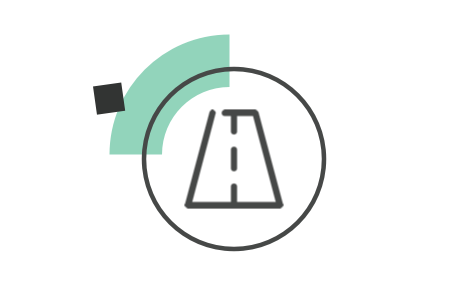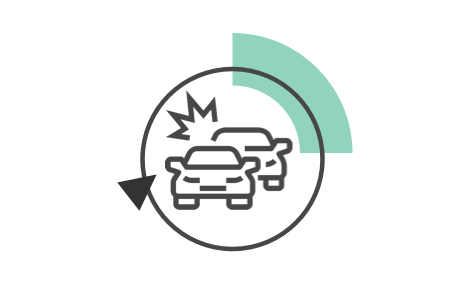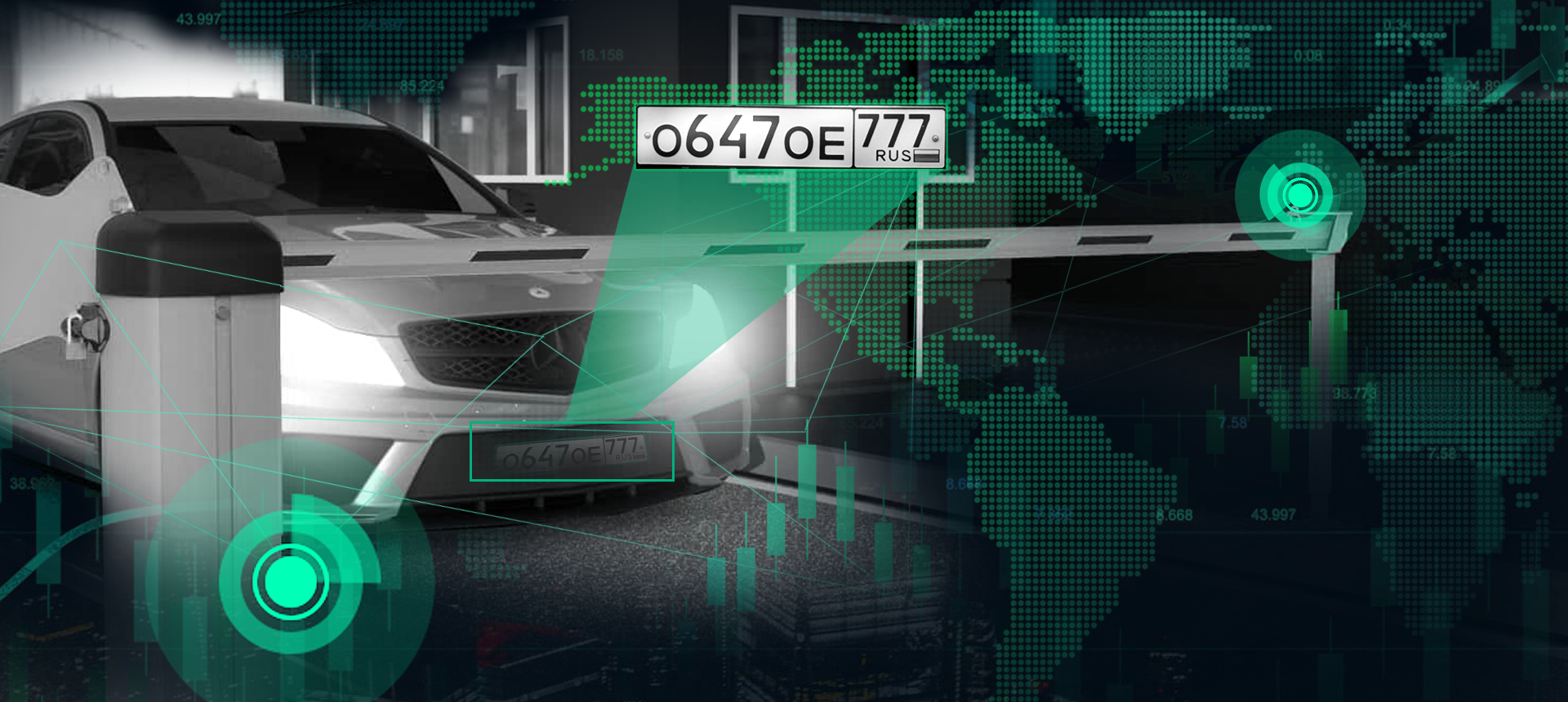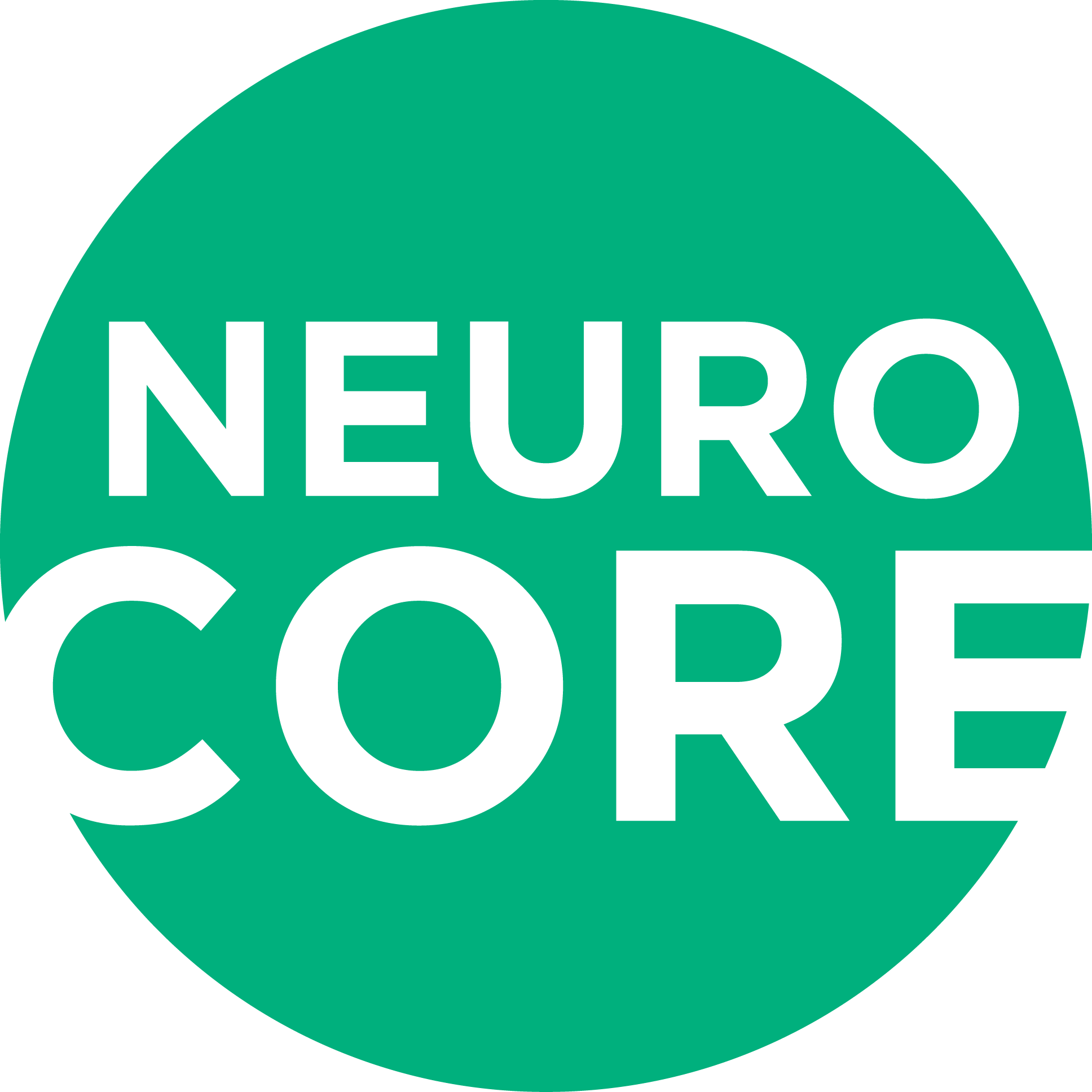
Intelligent
transportation system
Modern vehicle counting systems and their advantages

Traffic recognition
Calculating the stress-strain on a certain area of the road is a difficult task which is widely employed in practice.
For a long time, such statistics collection was performed with the help of outdated manual calculations, including counting via traffic cameras, but the development of automated counting systems has significantly boosted the accuracy of calculations reducing the amount of time required. Yet this is not the only advantage of this method.
Why choose us?
Our specialists will be happy to share their expertise, which is powered by the knowledge of the current market trends

5 years in business
Our experience speaks for itself.
During these 5 years, we have been working with small startups and renowned brands.
During these 5 years, we have been working with small startups and renowned brands.

Personalised approach
Every company we work with has its own framework and voice. We develop unique products.

Constant growth
Our professionals are continuously expanding the possibilities of the product by implementing new technologies.
Vehicle-counting analysis
The vehicle-counting program, which draws upon a neural network trained by Neurocore specialists, is a fully automated module which requires only minimal human interference. Separating the lanes and counting the numbers of cars in each direction, considering multiple factors and operating according to the settings - all of these are the capabilities of such systems.
The margin of error is closer to zero even when the traffic is heavy, which is why it is possible to solve more complex engineering problems.
It is not only the speed of data collection that is substantially increased, but also the speed of its processing. Another important point is that traffic detection allows to calculate the stress-strain on inaccessible parts of the road, which are still abundant in countries with big territories. The automated vehicle-counting system should be used in such instances as analysing highways with no traffic cameras or city surveillance cameras or places where it is impossible to set up a lookout post. Vehicle counting can be performed in real time or by processing pre-recorded videos.

Potential uses
Among the advantages of using this method of calculating traffic density at a certain area is the expanding of its scope of application. Such operations and corresponding calculations should be preceded by:
- New road project
- Mapping out road surface marking and traffic signs installation
- Planning construction in some areas
While manual calculations only allowed rough estimates, an automated data collection and processing system is capable of obtaining accurate parameters, which can be used in engineering without allowing for additional errors. Calculating mechanical stress, breaking strain and even the extent to which traffic influences the ecology of a certain area are only some of the pressing issues which can be solved at minimum expense after implementing the new vehicle-counting system. The system can also be used in other locations, such as parking lots..

Optimizes the stress-strain in the roadbed

Continuous analysis of accidents to control and monitor emergencies

Reducing harmful emissions into the atmosphere

Smart traffic lights
City traffic is regulated by traffic lights, which are often not functioning effectively. The archaic nature of this system resides in its fixed cycle of control. This affects a lot of people as it influences both drivers and pedestrians.
The conducted research has demonstrated that the majority of Russian cities employ the rule-based system. There is also no unified approach to data collection and transportation system management.
Our proposal includes a method of analysing the function which will generate corresponding rules based on the current condition on transport networks. For instance, we would like to choose a road for closing in order to avoid traffic congestion. The closure of the road might help to reduce the congestion by directing it via different roads. This phenomenon is known as Braess's paradox. What is more, closing the road in one direction might ensure a better traffic flow in another direction.

Scientific novelty of the solution

The scientific novelty of the subject can be highlighted with help of an overview of publications. In most cases, conventional approaches do not imply obtaining statistics through traffic cameras and use sensors, microphones and messages from the staff instead. In contrast to this, the aforementioned method offers mathematical data processing via existing cameras (the number of which in Moscow alone is around 180 thousand). This kind of technological and engineering advance makes it easy to calculate the number of pedestrians and various types of cars in real time.
Research on this topic is conducted regularly, and once a month you can see at least one publication devoted to the problem. Here are some of the publications which appeared throughout the past year:
Learning Short-Cut Connections for Object Counting(Daniel Oñoro-Rubio, Mathias
Niepert, Roberto J. López-Sastre), Finding Appropriate Traffic Regulations via Graph Convolutional
Networks (Tomoharu Iwata, Takuma Otsuka, Hitoshi Shimizu, Hiroshi Sawada, Futoshi Naya, Naonori Ueda), A
Theory of Traffic Regulators for Deterministic Networks with Application to Interleaved Regulators
(Jean-Yves Le Boudec), Game Theoretic Analysis of Road User Safety Scenarios Involving Autonomous
Vehicles(Umberto Michieli, Leonardo Badia).
Submit a request
Submit a request and our specialists will get back to you to clarify the details

Number-plate recognition and car classification







